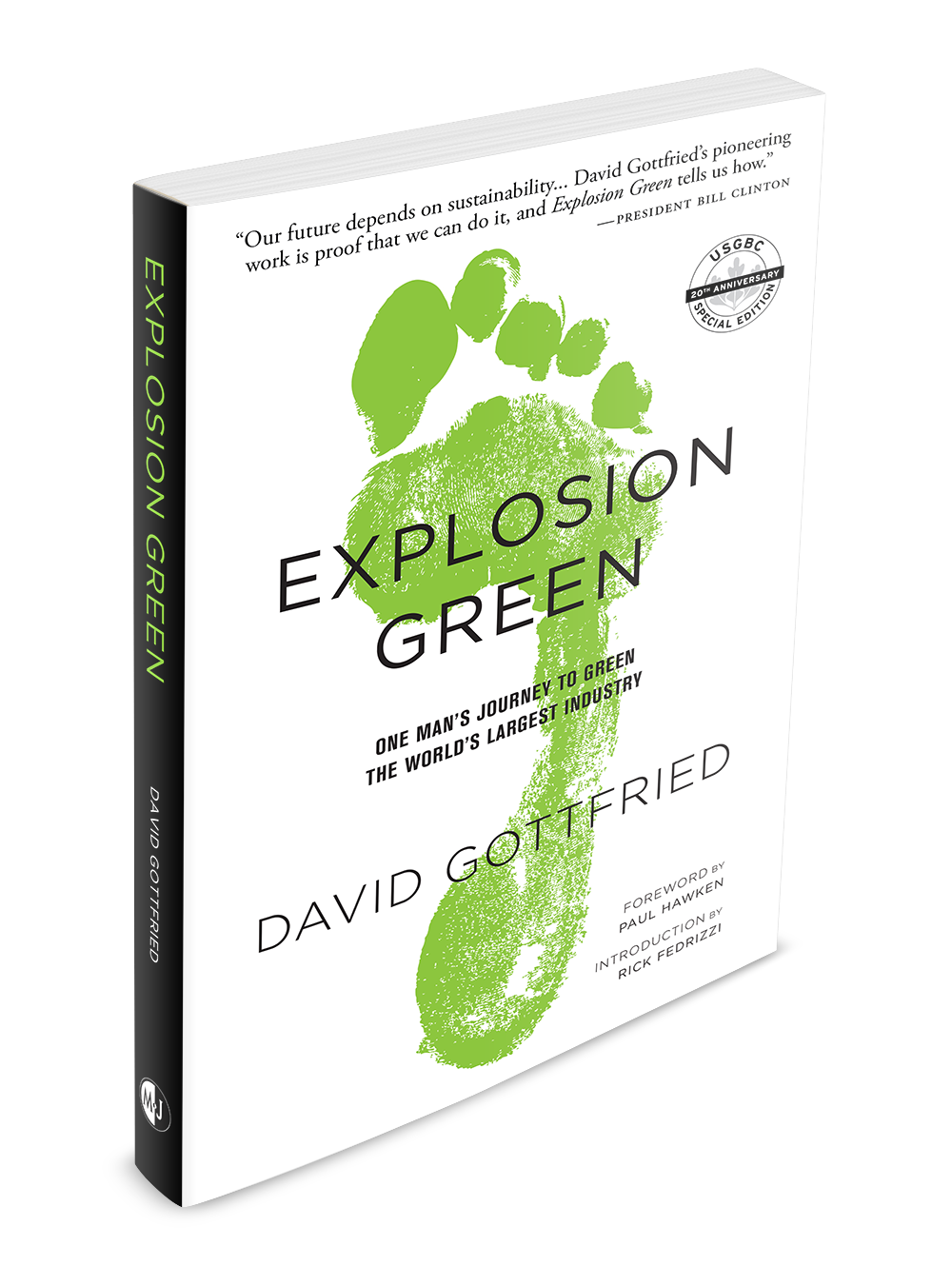One Line:
Well known for her voice of calm critique, Jacobs examines the necessity several pillars of cultural vibrancy as well as why our failing to maintain them could levy an age of cultural deficiency for modern day North America that compromises defining aspects of who we are.
Review:
For those that have read the works of Jane Jacobs, she is not prone to writing about all of the things we are doing extremely well. Her final literary installment is no different. Jacobs references historic Dark Ages–eras of where large amounts of resilience and cultural capital are lost–and relates them to the present course […]
Continue Reading











